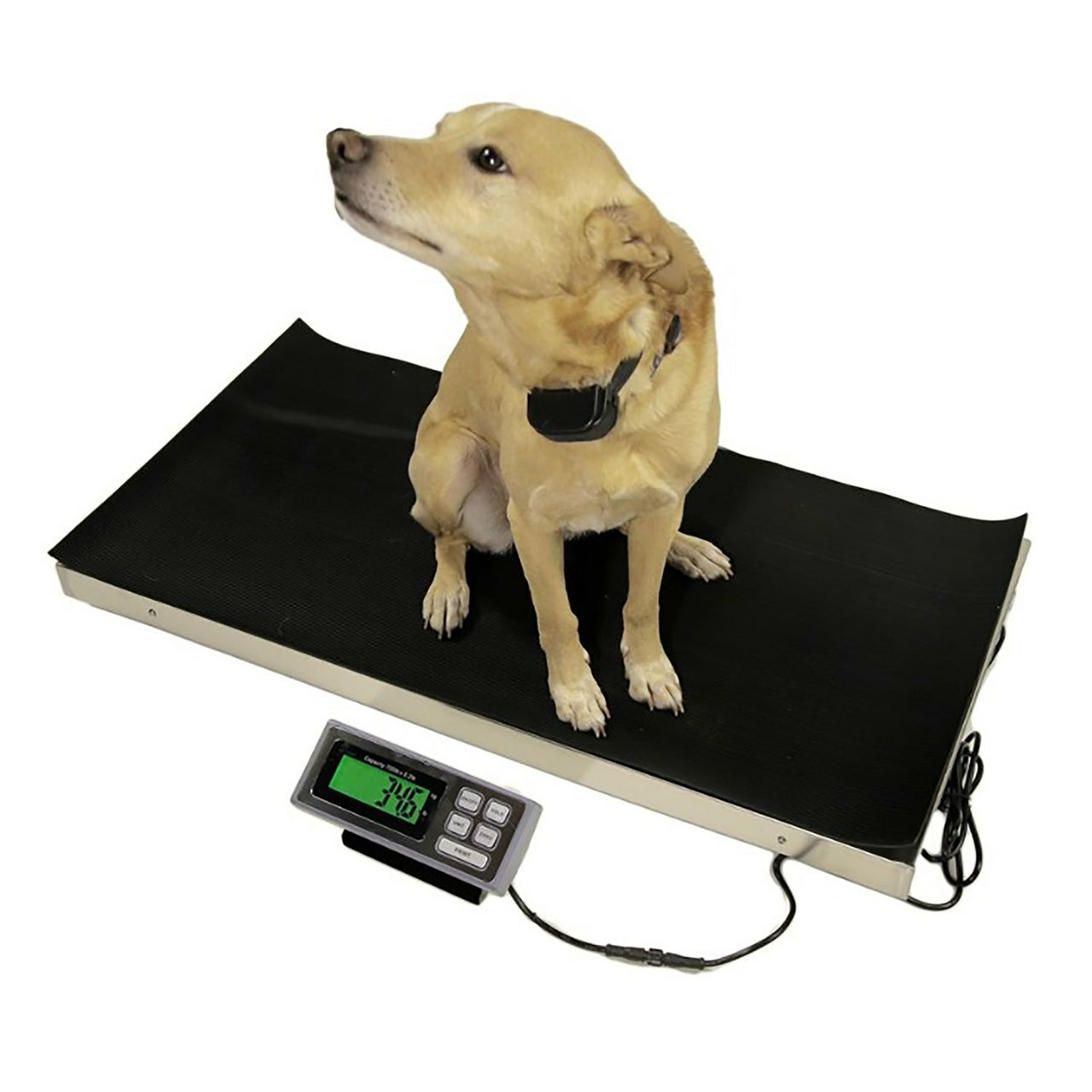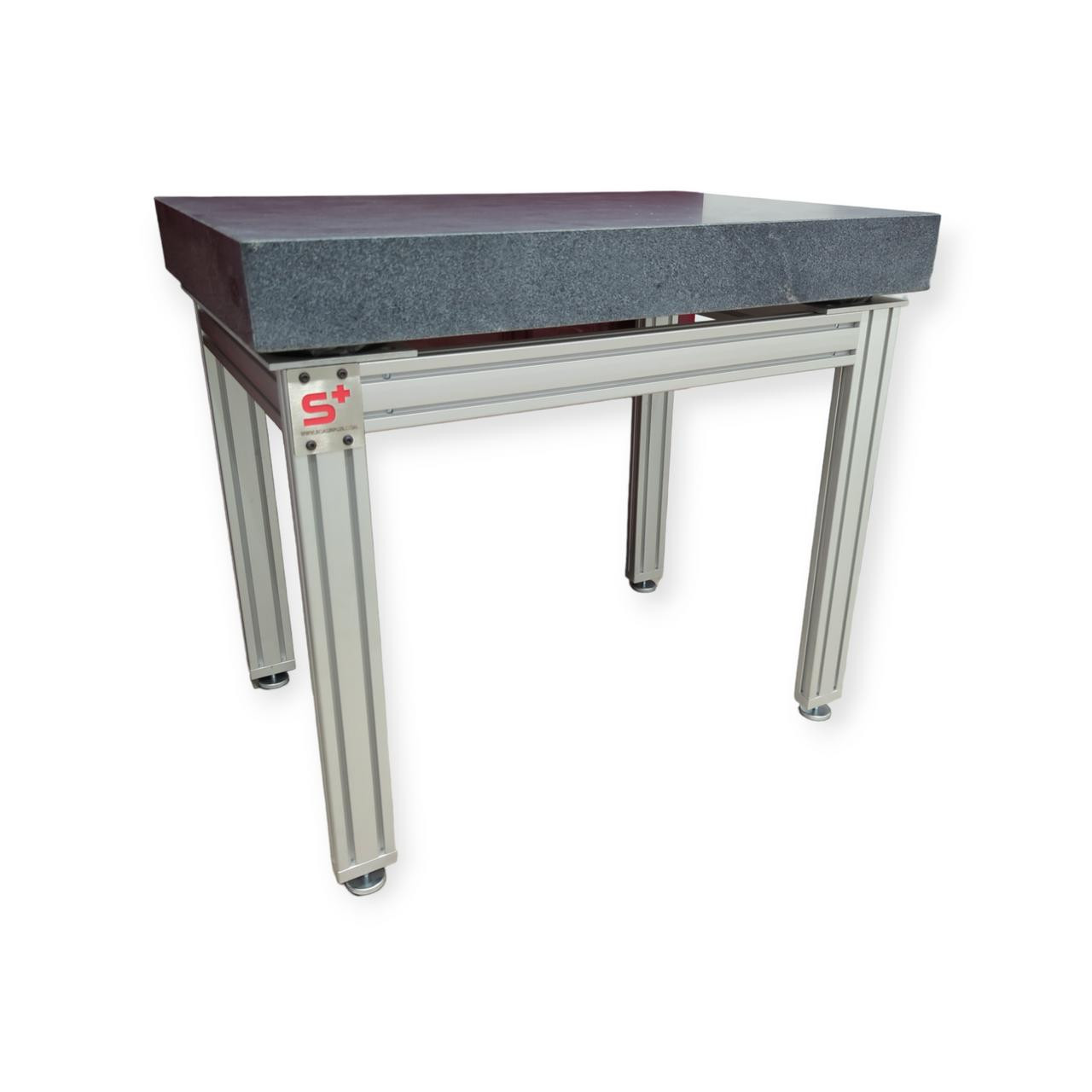Why Do Digital Scales Give Different Readings? 10 Reasons for Inaccurate or Fluctuating Weights
Jul 30th 2024
There are few things more frustrating than weighing an item twice only to receive two radically different results. Chances are if you’re weighing anything at all, it’s because you need a precise measurement, and now you can’t trust your digital scale.
Having a reliably accurate scale is incredibly important. Even a minor inaccuracy in your measurements can cause significant issues in almost any business. So, what do you do?
If your digital scale is giving you different readings, there are a variety of potential explanations. From improper calibration and environmental factors, to vibrations and drafts, read on for ten of the most common reasons for inaccurate or fluctuating weights.
1. IMPROPER CALIBRATION
One of the most common culprits for inconsistent readings is an improperly calibrated scale. That’s because, over time, the wear and tear of regular use can cause a scale to lose its accuracy. If you’ve recently moved your scale or notice that it’s not performing within its allowable tolerance, then it should be calibrated.
If you have test weights, check that the calibration is within tolerance. Use our guide on how to calibrate a scale to verify that your scale is performing properly. After the calibration, the scale needs to be tested and verified for accuracy.
2. AN UNEVEN SURFACE
When a scale is placed on an uneven surface, it can cause the scale to give inaccurate readings. That’s because the force measured is no longer parallel with the direction of gravity, and most load cells are not designed to measure a downward and sideways force accurately.
Most scales come with a leveling bubble and adjustable feet, so check to see that your scale is balanced. If it isn’t, continue to adjust the feet until it is. To learn more, read our article on the importance of leveling a scale.
3. AN UNBALANCED LOAD
If there is an imbalance in the weight being placed on the scale, it can also cause the scale to give inaccurate readings. For example, if there is a heavy object on one side of the scale and a light object on the other side, the scale may give an inaccurate reading.
This is due to the fact that the scale is trying to balance the load, but because of the imbalance, it is unable to do so. If you’re weighing animals or liquids and this is a common issue, we recommend purchasing a scale with a dynamic weighing function.
4. A LOW OR UNSTABLE BATTERY
When the juice in your scale starts running out, it can become increasingly erratic and provide incorrect or shifting readings. This is one of the most common reasons for scale malfunction, so it should always be one of the first things you check when there’s an issue.
First, check to see whether the batteries are charged and connected correctly. If they’re unable to keep a charge, you may need to replace the batteries or power adapter to see if that solves your power problem. As a best practice, always have spare batteries on hand and keep them charged as a backup.
5. WATER OR MOISTURE DAMAGE
Drifting is another common problem scale users may face. Drifting occurs when a scale's display continuously fluctuates and is generally caused by water exposure. Water in the scale's indicator, junction box, load cells, cables, or internal components is known to cause erratic readings.
If you discover water in the system, immediately shut it down and allow the scale to dry completely. You may be able to use it again if there is no permanent damage. If you’re working in a high-moisture environment, we recommend using a scale with a high IP rating for maximum wetness protection.
6. RESIDUE OR GRIME BUILDUP
If there is an excess of residue or dirt on the scale, it may result in a bind. A bind prevents the scale from receiving the correct amount of load and can occur when a buildup of debris or foreign objects accumulates under or around the scale. A typical example of this would be a piece of wood pallet getting jammed underneath a floor scale.
If possible, remove the pan and do a visual inspection for internal binds. If any debris is present, remove it carefully, following the manufacturer's guidelines. For more tips, read our guide on how to clean a balance.
7. ENVIRONMENTAL DISTURBANCES
It's also possible that a digital scale would give incorrect readings if exposed to a strong gust of wind or even the slightest of drafts in a laboratory setting. This is due to the scale's inability to stabilize and provide reliable measurements when subjected to a force such as an air current.
To prevent this, we recommend taking your measurements indoors when possible, and away from any doors, windows, and air vents. Of course, the only way to fully ensure there will be no outside air interference is to use a draft shield with your scale.
Another very common issue we see has to do with environmental vibrations, whether that’s a shaky table, a rolling workstation, or seismic rumblings. If you’re really serious about removing any possibility of movement, you may want to invest in an anti-vibration table.
8. OVERLOADED OR BROKEN COMPONENTS
When a digital scale is overloaded, the resulting readings may be incorrect. This is because an overburdened scale may no longer be able to accurately measure weight. To learn more, read our guide on what happens to a scale when it’s overloaded.
A broken component, on the other hand, is much more challenging to find. It could potentially be a damaged load cell, junction box, or even the mainboard. There could also be the possibility of a poorly connected wire. For help in troubleshooting broken components, please contact our technical support line.
9. EXPOSURE TO EXTREME TEMPERATURES
It's possible that a digital scale may give false readings if it's exposed to extreme heat or cold. The ideal temperature for these gadgets is around room temperature, so storing your scale in a chilly or humid environment may lead to problems.
Cold temperatures, in particular, will attract moisture, which as we’ve mentioned previously, can cause problems inside the scale. Extreme cold can also make your equipment operate sluggishly and inefficiently, which can negatively affect your readings.
10. FREQUENCY INTERFERENCE
Since digital scales are electronic devices, after all, they are not immune to the potential interference of other radio frequencies in the area. For instance, your microwave, cell phone, or a burst of static electricity can have a negative influence on your scale’s performance.
This is because fluctuating electromagnetic radiation from other wireless equipment can disrupt the scale's ability to provide steady and accurate readings. Always inspect your workspace and remove any nearby devices prior to taking any measurements to guarantee your results are as consistent and accurate as possible.
NEED FURTHER TROUBLESHOOTING ASSISTANCE?
If you’ve exhausted all of our digital scale troubleshooting tips and are still experiencing inaccurate readings, please contact Scales Plus or submit a service request and our team of experienced technicians will help get your scale back to working order in no time.
Would you prefer to shop for something new? Check out our selection of high-quality digital scales here at Scales Plus. With a variety of models to choose from, we have a digital scale that is perfect for you and your needs.








